ABOUT THIS LESSON
Lesson #2:
Kriyas
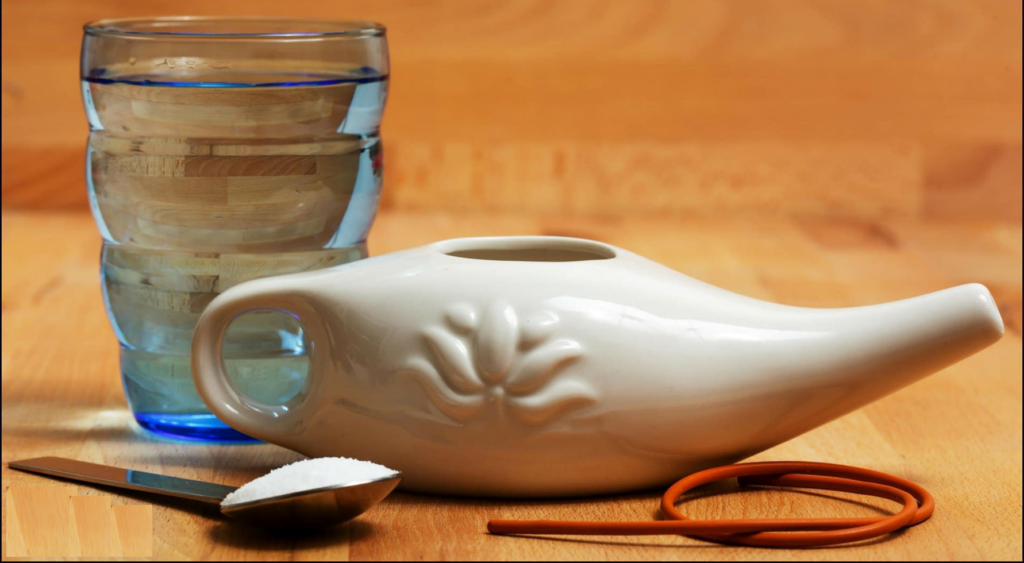

Kriyas
Please note: Please make sure that you have watched the lecture in lesson #1 first, as it includes vital info on the Kriyas, their uses and their fabulous effects!
What are Kriyas?
Kriyas are Ayurvedic techniques which cleanse the body. Utilising Kriyas can improve energy levels, improve digestion, reduce common ailments and illnesses, and bring about better bodily awareness, to name a few benefits. They also start to make you alert, awake and increase your daily consciousness! Making these Kriyas a regular part of your routines can enhance other elements of your yoga practice, reduce illness, and bring vitality to your life, mind and level of awareness and consciousness.
Kriyas have long been known by yogis to be incredibly beneficial.
There are many different Kriyas and some of these are not recommended without proper supervision and guidance (unless you are like me and just try anything …. ). However, below are the most common and easily accessible Kriyas.
For all Kriyas that use salt, I’d recommend Himalayan Rocksalt, as it does not have any nasty additive in it, and has at least some minerals.
1. Neti-Pot
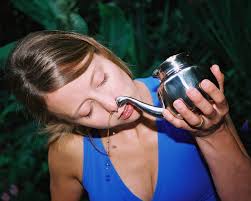
A neti-pot is a small pot with a spout that is used to clean the nostrils and nasal passages. This Kriya gives you energy, mental clarity, it helps remove any pollutants from the nostril and nasal passages and can help prevent colds and flu, as well as help ease allergy symptoms.
To use a neti pot, fill it with tap water —- (it is often said to boil the water first, or use filtered water… I always used tap water and it was always fine – I know that if I make stuff to complicated, I won’t do it… waiting for the water to boil and cool, today I don’t have filtered water….see? but supposedly there have been brain eating bacteria around and people are scared of this and ueber sterelize their pots. It’s up to you), — add a little sea-salt or pink Himalayan salt.
The amount of salt depends on the size of the pot/can you are using. It is not much though, maybe start with a 1/4 teaspoon for an actual neti pot, then test it. If it hurts or feels uncomfortable, you have probably too little salt. Add a little and try again. It should feel completely comfortable. If it doesn’t, play with the amount of salt and then remember it for next time. It should taste like saline solution.
Lightly blow air out of each nostril, establishing which nostril is least blocked. Tilting your head slightly forward and to the side over your sink, bring the spout of the neti pot to the least blocked nostril to start, keep your mouth open during the process. Slowly start to pour the water into your nostril, so it comes out of the other nostril. It may come out quite quickly or as a slow trickle. This depends on the flow and how blocked your nose is and can vary day to day. If the water doesn’t come out, change the angle of your head – more forward or more to the side.
Once you’re done, blow out any excess water and repeat on the other side.
‘They’ say to use half a neti-pot for each side, progressing to a whole neti-pot for each side — I never used that much. Depending on the pot I found half plenty.
During this process you may get an odd sensation in your head – similar to brain freeze – especially if this is your first time using a neti pot. Stay calm and steady and breathe through your mouth.
After you’ve completed this, blow your nose. Try to avoid lying down or going out into polluted air for one hour after this process if you can… although… in India nowadays this might be tricky, depending on where you live… :o) again… if you cannot obey by this, please dont worry.
Some people use it daily, some use it once or twice a week. I recommend first thing in the morning as part of your wake up routine.
2. Tongue scraping
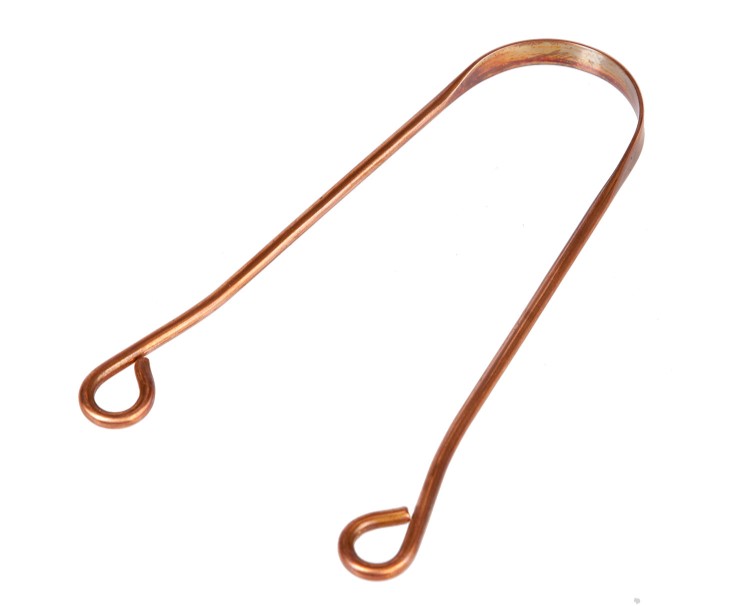
We brush our teeth daily but how often do we clean our tongue? In Ayurveda, the condition of your tongue says a lot about us. If it’s got a heavy, white coating, for example, this can signify a Kapha imbalance. Our tongue is the gateway for our sense of taste and cleaning it heightens this sense – meaning the experience of eating even richer and more fulfilling.
Cleaning our tongue also improves our digestion and our ability to assimilate nutrients, as we are removing bacteria from the tongue which would otherwise be re-absorbed into the gastrointestinal tract, leading to digestive imbalances. Tongue scraping can also improve our dental and general oral health. Tongue scraping is a fantastic tool to bring into our morning routine.
Using a tongue-scraper, place the curved part at the back of your tongue and pull front-ways a few times (a simple teaspoon will work just as well, some people use the back of a plastic toothbrush to clean their tongues). Do this every day, before brushing your teeth. Tongue scraping is easy to do, and whilst it may take a while to get used to, is not an unpleasant sensation.
Do keep in mind though, a tongue scraper is not medicine for a heavily coated tongue. Please check the Ayurveda module or have a chat with me if you have this symptom.
3. Oil pulling
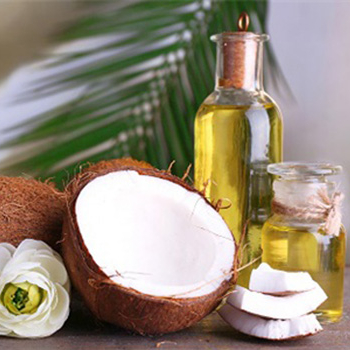
Oil pulling is described as the Ayurvedic version of using mouthwash. Oil pulling is becoming increasingly popular in the West and many people utilise this Kriya because of its supposed teeth whitening benefits (I can’t say I noticed) and some people even claim tooth regeneration and the ‘fixing’of holes.
Oil pulling is essentially using oil to ‘pull’ bad bacteria out of your mouth. It’s very easy and is something everyone can do. All you do is pop a small amount of oil – preferably organic – into your mouth, swirl the oil around in your mouth, then spit it out into the bin (avoid spitting it down the sink as it may solidify and block your pipes).
According to Ayurveda, certain oils work best depending on what your Dosha is. If you are predominantly Pitta, then a cooling oil such as coconut oil is preferred. On the other hand, if you are a Vata, a warming oil such as sesame oil is recommended. However, the best thing you can do is find an oil that works for you and which you don’t mind the taste of.
Many people say that you need to oil pull for 20 minutes. However, oil-pulling for a just a few minutes each morning, before brushing your teeth, is a great start. If you like – and you have time – you can increase the time as it becomes a regular part of your morning routine. I usually do no more than 10.
4. Nauli Kriya


Nauli is also known as ‘stomach-churning’. Prerequisite for a good Nauli Kriya, is a strong Uddiana Bandha (6th Tibetean).
Nauli is great for massaging the digestive organs and for stimulating and promoting healthy digestion. It also massages all organs, even partly the lungs, and it makes you feel amaaaaaaazing!!! Learning Nauli can also give us a greater understanding of the Uddiyana bandha energy lock, which can aid us in many other areas of our yoga practice.
Nauli is not advised if you’re menstruating (unless you are of the white tigress clan, where the women transform and transmute their mentruative blood through sublimation) and definitely not when you are pregnant or suspecting to be pregnant. It is also best avoided if you have an upset stomach, although if expelling matter or gas is desired, I’d highly recommend it if it feels comfortable.
It took me 3 months to figure out how to do this by myself (remember, this was before the time of internet or easily accessible teachers). If you are interested in finding out how I did it, please ask me during our call, it’s always easier to learn with good instructions.
5. Eye Wash

It’s a very easy practice. Simply pour a stream of salt water over your eyeballs from a bottle or glass- I find this method the easiest, as again you don’t need any special gadgets. You can also use a little shot glass filled with salt water and place it over your eye and then turn your face upwards, pressing the cup onto your eye. Blink a few times to ‘wash’ the eye.
The same salt solution that works for your Neti can also works fine here. If you get the right amount of salt you cannot feel the water. Too much or little and it’ll burn.
6. Basti
In earlier times Basti was performed in the river whilst sitting in a squatting position. With the assistance of Nauli, water was sucked up into the intestines and then eliminated again into the river (not so super hygenic for the self or others…).
Today this technique is applied as an Enema in order to cleanse the lower segment of the intestine. This basti I have practiced as part of longer term fasting.
Some also clean the first 1-2 finger deep of the intestines with a finger after each elimiation. That might sound gross, but as in India the behind is mainly cleansed with water anyway and the hands are then washed, this is not as gross as you might feel. Afterall… it’s just last nights’ dinner… :o) This basti I still use every day.
7. Shanka Prakshalana
This technique is practiced in the morning on an empty stomach. Please note – this cleanse is not a toy, but a powerful deep cleanse that needs the right preparation, execution and aftercare. Please read the instructions very carefully and do not skip steps. Discuss first in our call if in doubt.
Technique:
Add 1/2 teaspoon of sea salt per litre of water (please talk to your Dr about the use of this much salt if you have high blood pressure – I have heard the use of diet salt recommended in this case, but I have no idea what that is). The temperature of the water should be kept constant throughout the whole practice, I prefer luke warm. You’ll need 3-6 litres.
The solution should taste pretty salty, but not nasty. You have to have enough salt for the water to be recognized as food. If there is not enough salt it won’t move through the intestines but through the bladder, and the SP won’t work at all, or not well.
Drink one glass of water at a time.
After each glass of water, practice the five exercises (see below).
When you feel the need, go to the toilet and perform Ashvini Mudra (rapid contraction and release of the anal muscles). This Mudra stimulates peristalsis of the intestines to poop.
Continue to drink the warm, salty water, glass by glass and practice the five Asanas and Ashvini Mudra after each glass, till no more solid stools are passed. The whole process is only complete when one eliminates completely clean water from the bowel. The color of the water may be yellowish, but it should contain no solid components.
- Relax for about 1 hour following the Shanka Prakshalana practice and eat a little rice with 1tsp of olive oil, and if you like a little salt, between 1/2 – 1 hr afterwards. Eat this diet for the rest of the day, only about 1/2 a bowl at a time. Some people say you have to eat afterwards, otherwise your intestinal walls stick together. I don’t believe that, but it always felt really nice to eat the rice.
Please note:
If (like at my first time, after quiet some time nothing ‘comes out’, and you feel uncomfortable in your belly, stop drinking for a while, but every 5 minutes or so repeat the excercises. Drink again after elimination, or when you feel ready. Do not force it by thinking you have to keep drinking no matter what.
Some people feel full power immediately afterwards, some feel exhausted till the next day. See which one you are so that you know for next time. I’d definitely not plan to go out dancing afterwards! After my first time I could hardly move. The following times I felt amazing afterwards.
Diet before and after:
Before:
Only eat lightly for at least a day before, avoiding meat, heavy sweets, caffeine and basically the list of the 12 day challenge. No heavily digestable foods, preferably no dairy.
Often recommended if you would do it the super strict traditional way: In the weeks that follow, eat only easily digestible food, as the intestines are very sensitive after this practice. For 7 days avoid milk, cheese, raw fruit and vegetables, black tea and coffee. For 20 days avoid gas-forming foods such as beans, cauliflower, cabbage, garlic, onions, hot spices and carbonated drinks. For at least 40 days avoid meat, fish, eggs and alcohol – however, for our health it is best to do without these completely anyway.
In order that peristalsis of the intestines is stimulated, you can practice Agnisara Kriya (stomach massage – ask in the call if you want to know more) or Nauli a few days following the Shanka Prakshalana technique. I’ve never needed this, but it’s available if you feel it’s needed.
It is perfectly normal that no bowel movement takes place for two or three days following the practice, as you are… completely empty…
I would not practice SP more than 2 times a year, no more as it is truly very strong.
I have read that some recomment to practice it at the change of the seasons, as at these times, our internal Biorhythm changes. Alternatively the technique can be practiced twice a year, mid-October till the beginning of November, and mid-March till the beginning of April. — I have not played with these timings and am not personally experienced if it makes a difference or not.
Benefits:
It’s a FULL INTESTINE CLEANSE… from the top to the bottom (no enema in the world can achieve that). It helps to remove any undigested food items that are stuck in the intestines, causig Ama – toxins in the body, that cause illness, allergies and also discomfort and gas.
Shanka Prakshalana purifies the blood, detoxifies the body and helps to develop good digestion. It eliminates allergies (e.g. hay fever) and skin diseases (e.g. acne, neurodermatitis or psoriasis). Further, it is helpful for springtime lethargy as the cleanse and the rest for the digestive system raises energy levels. It also has a balancing effect upon the mind.
Caution:
Shanka Prakshalana should not be practiced by persons under 15 years of age, during menstruation or pregnancy. It is to be avoided by persons with very low blood pressure, gastritis, ulcers, weak kidneys, large gallstones, kidney stones, chronic diabetes, hernia, or those with mental illness.
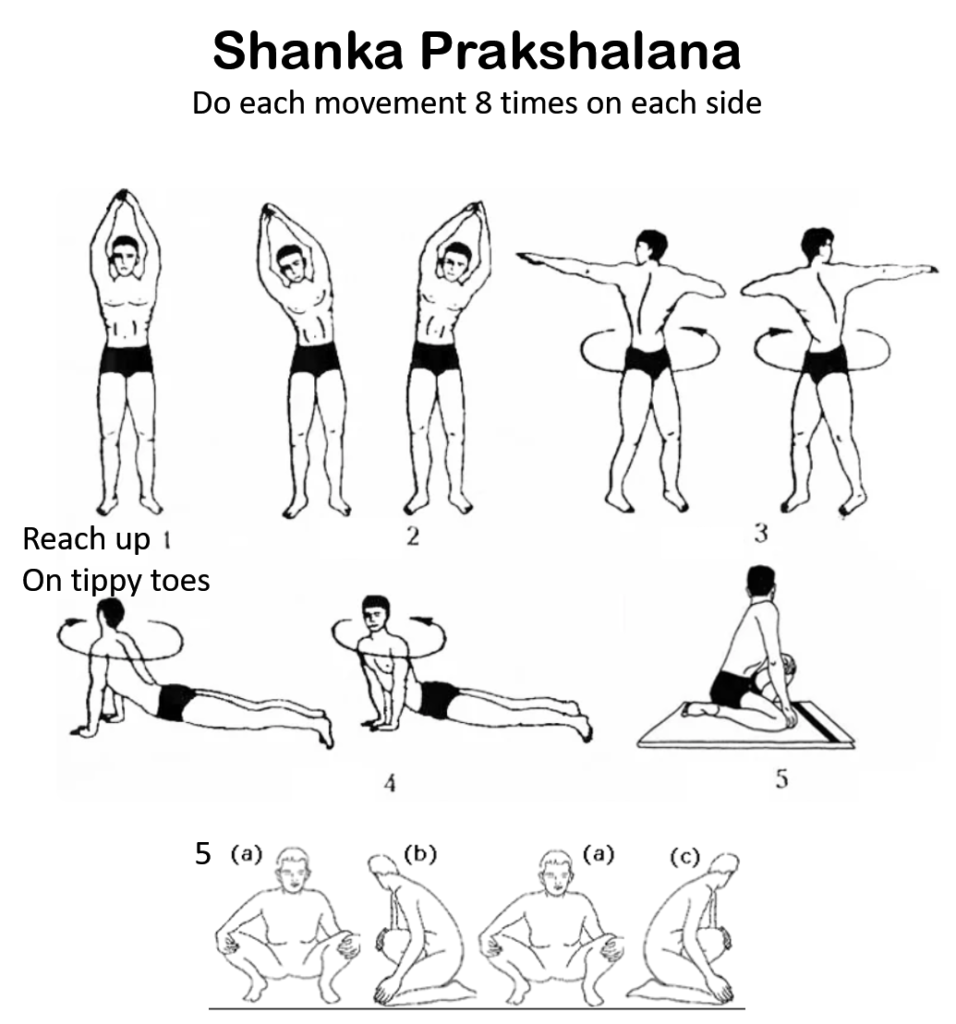
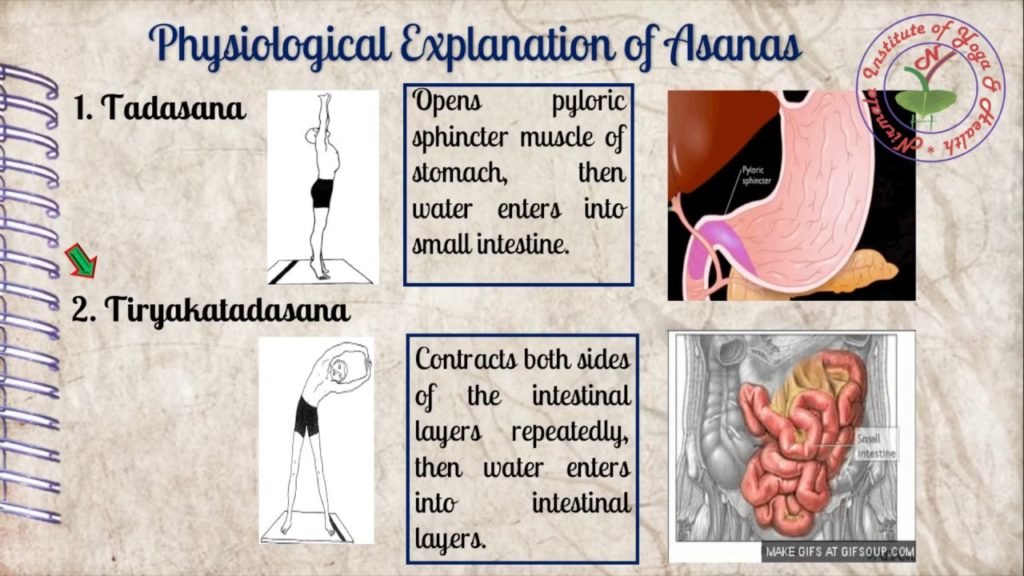
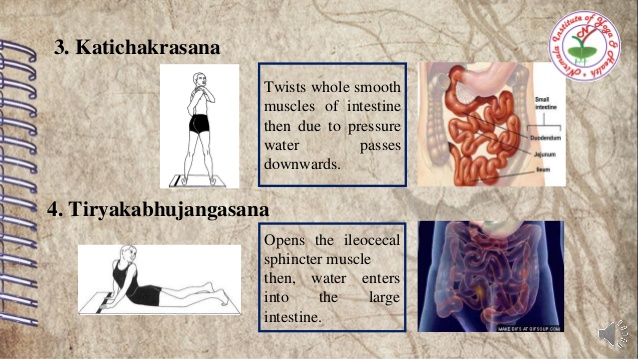
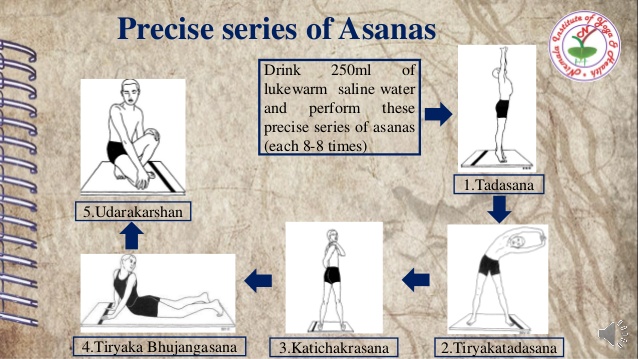
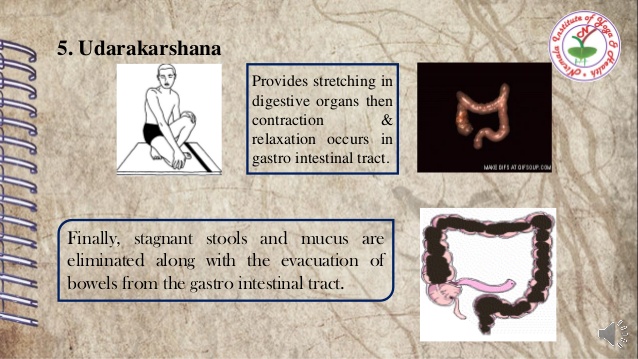
Closing Word
These Kriyas (apart from Shanka Prakshalana), can be used together, or you can pick one or two which you like the most and which will benefit you the most.
When performed regularly, Kriyas can add a new dimension to our practice, and help you connect more to yourself and yogic experience as a whole beyond an asana practice.
If you have any concerns about performing these Kriyas, make sure you speak to me beforehand during our call.
Assignment
1. Play with the Kriyas
XIAN

I spent 30 years so that you don’t have to!
I am here for you!